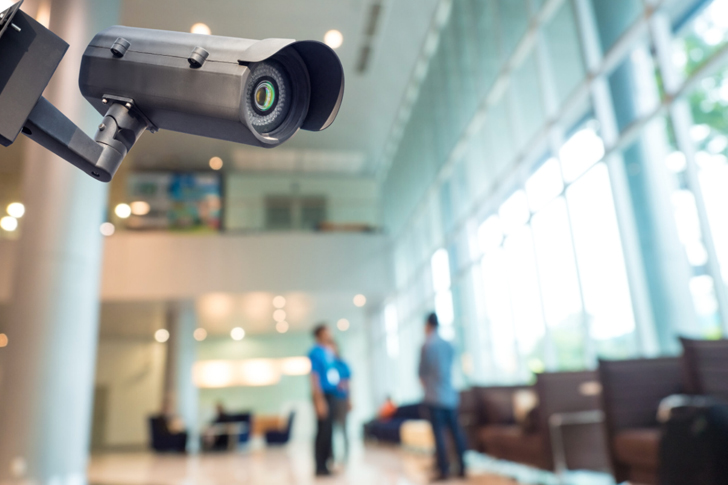Security Camera Solutions for Businesses
When it comes to safeguarding assets, monitoring activity, and enhancing overall security, businesses of all sizes are increasingly turning to advanced security camera solutions. With advancements in technology and a better understanding of security needs, modern security systems offer far more than just basic surveillance capabilities. In this article, we will explore various aspects of security camera systems, including types, the technology behind them, their benefits, considerations for setup, and best practices for businesses looking to employ these security measures.

Types of Security Cameras Available
Security cameras come in various forms, each tailored to different security needs and scenarios. The most common types include dome cameras, bullet cameras, and PTZ (pan, tilt, zoom) cameras. Dome cameras, known for their discreet dome-shaped casing, are ideal for indoor environments and reduce the chance of tampering. Bullet cameras are more conspicuous and suitable for long-distance viewing, typically used outdoors. PTZ cameras offer the ability to remotely control the pan, tilt, and zoom functions, providing comprehensive coverage of larger areas.
Advancements in Camera Technology
Modern security cameras have embraced significant technological advancements. High-definition (HD) video quality has become standard, with many cameras offering 4K resolution to capture even the smallest detail. Moreover, the evolution of IP (Internet Protocol) cameras allows for higher video quality and easier installation than traditional analog systems, using a network to transmit images and data. Technologies like night vision, thermal imaging, and motion detection enhance the camera’s capabilities to function under varied and challenging conditions.
Integrating Smart Features
Integration of AI (Artificial Intelligence) has revolutionized security camera systems, enabling features like facial recognition, automatic number plate recognition, and even unusual activity detection. These smart features not only improve the efficiency of the security systems by reducing false alarms and enhancing real-time responses but also help in collecting actionable insights for business operations. According to a report by MarketsandMarkets, the global video surveillance market is expected to grow from USD 45.5 billion in 2020 to USD 74.6 billion by 2025, driven by the increased adoption of AI-enabled surveillance systems.
Cost Considerations and ROI
While the initial setup cost of a modern security camera system can be substantial, the return on investment (ROI) can be highly beneficial. Reduction in theft, vandalism, and fraud can save businesses significant amounts, which often outweighs the installation cost. Additionally, many insurance companies offer reduced premiums for businesses that employ advanced security systems, acknowledging the decreased risk associated with their use.
Legal and Privacy Concerns
When implementing a security camera system, businesses must consider the legal implications and the privacy of individuals. Regulations such as GDPR in Europe enforce strict guidelines on data protection and privacy, requiring businesses to handle recorded footage responsibly. In the United States, the legality of recording varies by state, so it’s crucial for businesses to adhere to local laws to avoid legal repercussions. Informing employees and visitors about the presence of cameras by placing signs can be a part of complying with these laws.
Choosing the Right Security Camera System
Selecting the right system involves considering several factors such as the size and layout of the premises, the nature of work conducted, and specific security needs. For example, a retail business may benefit more from high-resolution cameras and real-time monitoring due to higher risks of theft, whereas a small office may require basic surveillance. Working with security professionals to assess needs and vulnerabilities can help customize the system for maximum effectiveness.
Installation and Maintenance
Proper installation and regular maintenance are crucial to ensure the efficiency of security cameras. Incorrectly placed cameras might lead to blind spots or poor quality of footage. It’s advisable to hire professionals for installation and to conduct regular checks and maintenance to keep the system running smoothly. Moreover, as technology evolves, upgrading components such as software and storage systems is necessary to keep up with new security challenges and ensure continuity of protection.
Best Practices for Businesses
Businesses should establish clear objectives for their security camera systems, such as monitoring theft or ensuring the safety of employees. Regular training on the use of these systems and understanding the legal implications is crucial for all involved. Additionally, integrating security cameras with other security measures like alarm systems and access controls can provide comprehensive security solutions, thus enhancing the overall safety and security of business operations.
Conclusion
Security camera solutions offer numerous benefits to businesses, from deterring criminal activities to enhancing employee compliance and operations. By understanding the different types of cameras, technology advancements, and integrating the right features, businesses can develop a robust security system that meets their specific needs while adhering to legal standards. With the security landscape continually evolving, staying informed and adapting to new technologies will be key to maintaining effective security measures in the commercial arena.







Recent Comments